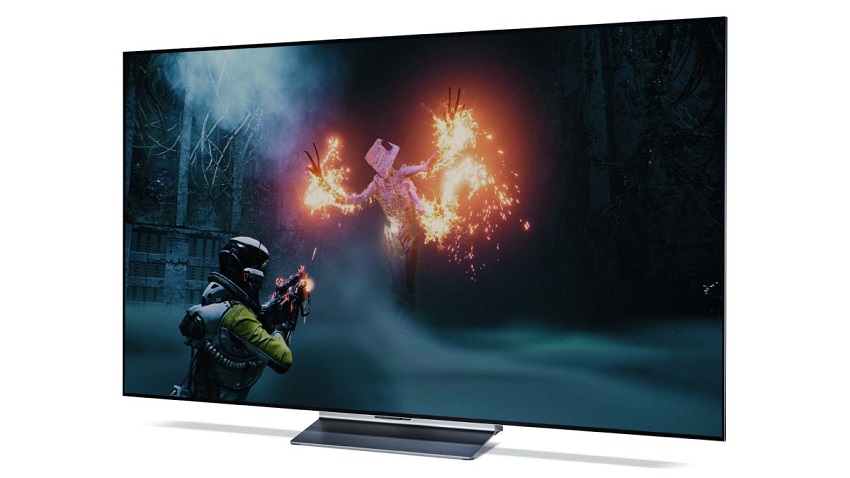
15 Aug 4 Reasons to Look Away from OLED TVs
Most people consider OLED TVs as some of the best TVs you can buy, and this display technology has advanced a lot in the past several years. However, some TV manufacturers have shied away from incorporating OLED panels since they’re not perfect by any means.
Therefore, if you’re looking for a new high-end television, it’s essential to be knowledgeable about the various display technologies available today. Here are four reasons to avoid OLED TVs, according to experts from real money casino.
- OLED TVs Have Average Brightness Levels
As much as we love to appreciate the picture quality of OLED TVs, we simply cannot overlook the fact that the brightness levels aren’t that great. This should be a concern if you often watch TV in a bright room. When viewing HDR content, the peak brightness for OLED TVs is in the range of 600-800 nits. The competing QLED TVs in the market can easily hit twice the peak brightness levels. Samsung’s new QD-OLED panels have addressed this issue by adding a quantum-dot layer instead of a color filter to maximize the brightness and enhance the color output. But these advanced panels cost a hefty premium over conventional OLED TVs since the technology is bleeding edge.
- OLED TVs Are Susceptible to Burn-Ins
Since its introduction, one major issue that has plagued the OLED technology is screen burn-in or image retention. An OLED TV that you’ve been using for a long time may start to retain static images displayed on the screen for hours, like channel logos, for example. This occurs due to uneven degradation of pixels over a long period. The individual pixels that turn on to display static images on your TV degrade faster than the pixels surrounding them. This image retention is permanent, and you’ll notice it the most when your screen is white. Although manufacturers claim to prevent burn-in with features like pixel shift, you still have to be extra careful with your usage, especially if you plan to keep your OLED TV for years.
- OLED TVs Can’t Match QLEDs in Color Volume
While OLED TVs have better color accuracy than competing QLED panels, the latter delivers better color volume. So, if you’re someone who wants the colors to pop rather than them being accurate, the QLED TVs are what you should be looking at. Since OLEDs don’t get nearly as bright as QLED TVs, they don’t display bright colors at their maximum potential. Samsung’s QLED displays have no issue showcasing a wider range of more saturated colors that appeal to the mainstream audience. However, they are great for playing games from online casinos America, so you should try them out.
- Cables placement
This sounds odd, I know, but I’m browsing the r/OLED subreddit just now and one recent OLED TV purchaser is really unhappy with the placement of the optical, Ethernet and one of the HDMI ports: they face out from the back of the TV rather than sideways, and that makes them problematic for wall mounting. This is another example of something you tend not to think about when you’re reading the spec sheets: of course the sockets are all going to be sensibly placed! But sometimes they’re not.

Sorry, the comment form is closed at this time.